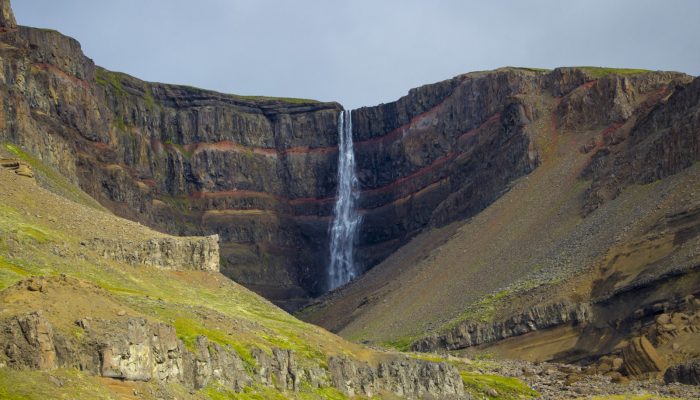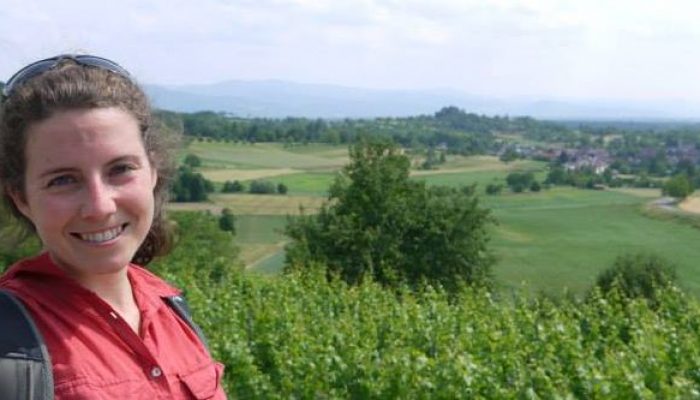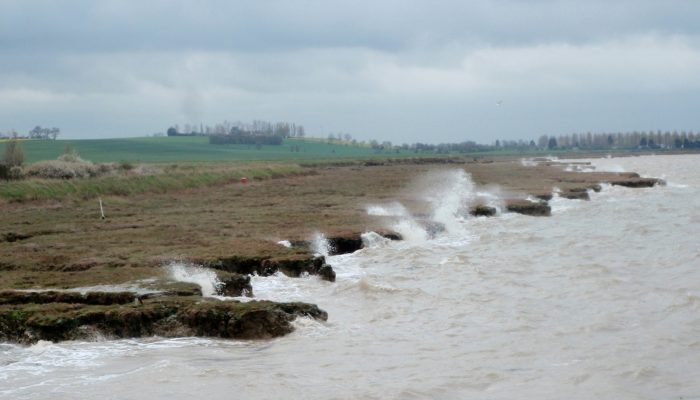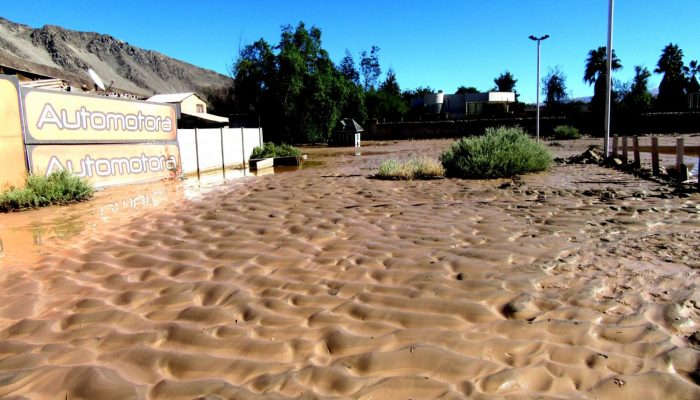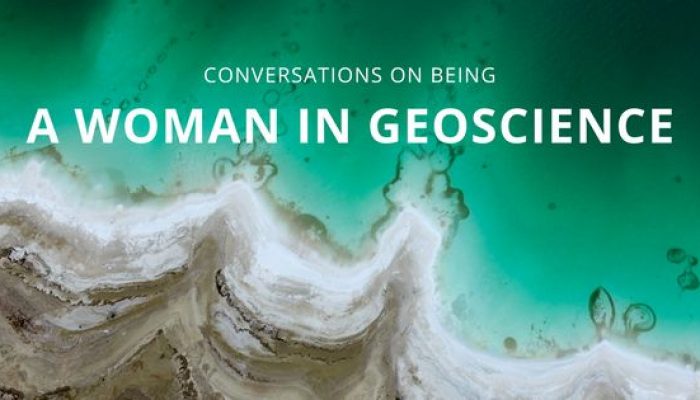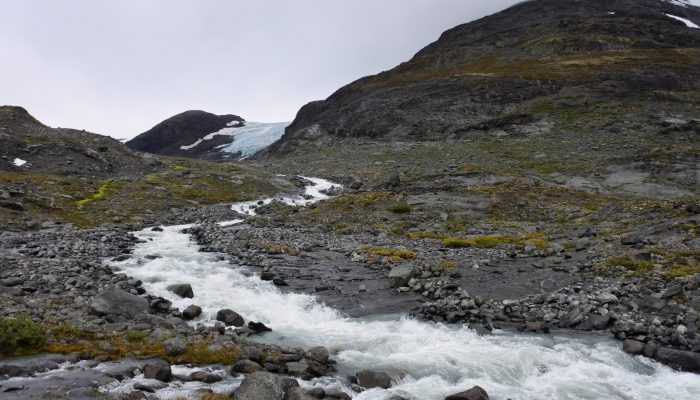With the progress in the digital world there are more and more e-tools available for research and teaching. What are smart ways to make use of new techniques in teaching? For inspiration and learning, Hans de Bresser, Janos Urai and Neil Mancktelow convened a PICO session at the EGU 2017 General Assembly to showcase present-day e-learning opportunities to improve the efficiency and quality of teac ...[Read More]
GeoLog
Imaggeo on Mondays: A lava layer cake
Brekkuselslækur, a small river, carves its way across Iceland’s ancient volcanic landscape. At Hengifoss, Iceland’s third-highest waterfall, it tumbles fiercely down thick, dark layers of lavas erupted from volcanoes some 18 to 2.58 million years ago, during a period of geological time known as the Tertiary. Eruptions are rarely continuous; during hiatuses in the extrusion of lavas, ash is able to ...[Read More]
GeoLog
Meet the EGU’s new Science Policy Officer
Hi there, my name is Chloe and I’m embarking on a new challenge. After participating in the EGU’s 2017 General Assembly 3 weeks ago as a warmup, I am starting in Munich as the EGU’s Policy Officer. While the title might sound a little ambiguous, it is an incredibly exciting position that allows me to facilitate the dissemination of the EGU members’ scientific knowledge to EU policy-makers while si ...[Read More]
GeoLog
A young person’s journey through the largest geoscience conference in Europe
Today we welcome, potentially one of the youngest participants of this year’s General Assembly, Pimnutcha Promduangsri: a 17-year-old science baccalaureate student at Auguste Renoir high school in Cagnes-sur-mer, France, as our guest blogger. With a deep interest in the environment and taking care of the environment, Pimnutcha was a keen participant at the conference and gave an oral presentation ...[Read More]
Geomorphology
Stormy Geomorphology
– written by James Tempest (University of Cambridge), Larissa A. Naylor (University of Glasgow), Tom Spencer and Iris Möller (University of Cambridge) – Extreme storm and flood events are occurring with increasing frequency and intensity across the globe causing significant geomorphic change throughout many landscapes often with detrimental impacts on local populations. In 2014 an int ...[Read More]
GeoLog
Imaggeo on Mondays: Sedimentary record of catastrophic floods in the Atacama desert
Despite being one of the driest regions on Earth, the Atacama desert is no stranger to catastrophic flood events. Today’s post highlights how the sands, clays and muds left behind once the flood waters recede can hold the key to understanding this natural hazard. During the severe rains that occurred between May 12 and 13, 2017 in the Atacama Region (Northern Chile) the usually dry Copiapó R ...[Read More]
GeoLog
Conversations on being a woman in Geoscience
While at this year’s General Assembly in Vienna, Keri McNamara, one of the EGU’s press assistants, spoke to a number of female geoscientists (at different career stages), to get their perspective on what being a female in geosciences is like. At this year’s EGU General Assembly I decided to construct a blog out of conversations I had with several women in geoscience, to learn about the ...[Read More]
WaterUnderground
Squeezed by gravity: how tides affect the groundwater under our feet
Post from the Conversation, by Gabriel C Rau, Ian Acworth, Landon J.S. Halloran, Mark O Cuthbert When returning from a swim in the ocean, sometimes it seems as though your towel has moved. Of course, it’s just that the water line has shifted. The natural rise and fall of the ocean at the beach is an excellent demonstration of gravitational forces exerted by the Sun and the Moon. Although the tidal ...[Read More]
GeoLog
Imaggeo on Mondays: Polar backbone (Arctic Ocean)
This image was taken during the Arctic Ocean 2016(AO16) expedition that ventured to the central regions of the Arctic Ocean, including the North Pole. It shows a pressure ridge, or ice ridge, as viewed from onboard the deck of the icebreaker Oden. It was quite striking that the ice ridge resembled an image of a spine – sea ice being a defining characteristic of the broader Arctic environment and b ...[Read More]
Climate: Past, Present & Future
Defrosting the freezer. Climate change and glacial meltwater
Why are glaciers important? Glaciers cover around 10% of the global land surface. This includes the large ice sheets (e.g. in Greenland and Antarctica) as well as smaller ice caps and valley glaciers (e.g. in Iceland, Norway and New Zealand). Figure 1 shows the current distribution of glaciers around the world. Figure 1 – The global distribution of glaciers around the world from the GLIMS glacier ...[Read More]


